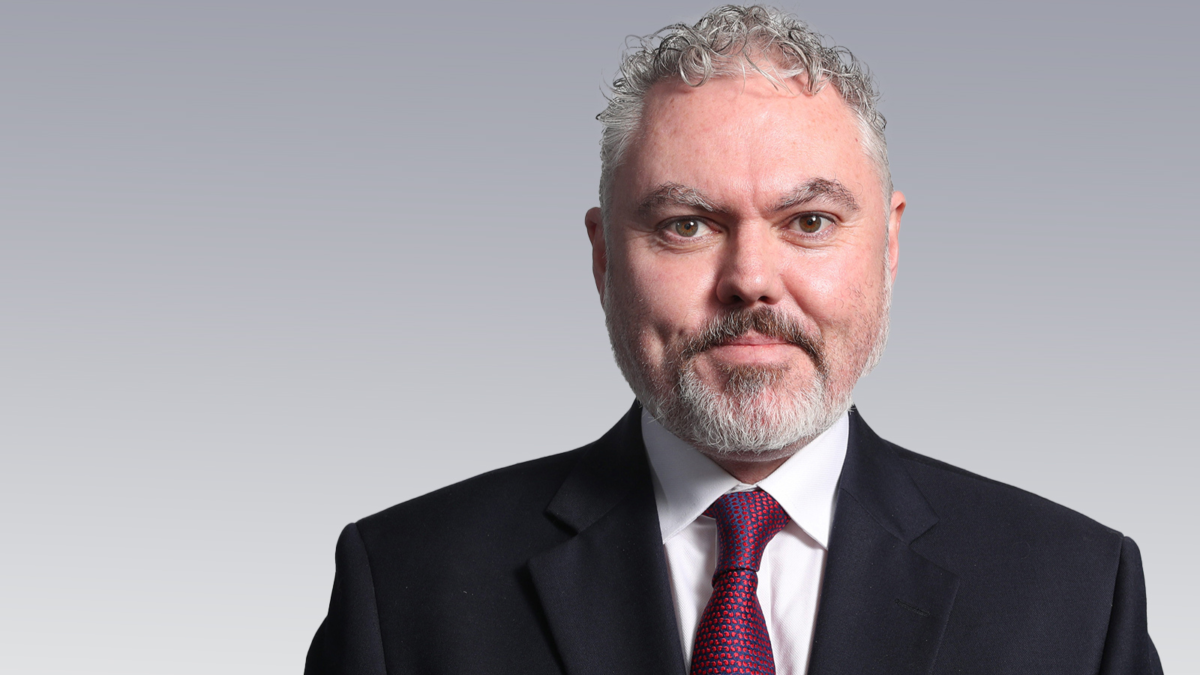What TCorp is watching in 2023
TCorp chief economist Brian Redican (picture at top) and senior economist Emily Perry think the RBA will start cutting interest rates at the end of 2023 – sooner than the market currently expects – if wage growth remains contained and inflation returns towards its target range (which they think will be the case). Meanwhile, the US economy is in for a hard landing with recession indicators “flashing red” – though Perry and Redican note that most analysts no longer share their view.
“Underestimating the role of lags in monetary policy may be contributing to this opinion,” Redican and Perry wrote. “That is, even though interest rates rose a lot over the second half of 2022, aggressive tightening doesn’t truncate the time it takes for those higher rates to affect the housing market, construction, spending and employment. The magnitude of the increase in rates, however, does suggest that when the impact becomes apparent it will be sizeable.
“Of course, the US economy does not appear to have the same financial imbalances that were present before the Global Financial Crisis, which does suggest that when policy is eased, the US will emerge from recession more quickly than from the GFC.”
But US inflation will fall sharply as surging freight costs and higher commodity prices reverse, and the normalisation of supply chains and the production of goods returns to pre-pandemic levels.
“This is where it starts getting tricky for Fed policymakers,” Redican and Perry wrote. “Although they have justified rate hikes on the back of actual inflation readings, they may be reluctant to cut interest rates quickly in response to weak inflation readings if wages growth hasn’t slowed. And slower wage growth is necessary to be confident that inflation will remain low.”
While the current consensus expectation is for US corporate earnings to hold steady in 2023, Redican and Perry don’t think they can stand against both a recession and falling inflation and expect them to fall by more than 10 per cent, consistent with their belief “that the US economy will slow and unemployment will rise”. Australian wage growth will also reach three and a half per cent, while house prices here will remain weak through 2023.
And the US will continue to impose more China sanctions; both Democrats and Republicans consider China to be a “clear and present danger to US security and long-term economic development” and are articulating that through the creation of the Select Committee on China, which has a mandate to pursue “selective decoupling” from China. The chair of that committee, Mike Gallagher, wants to limit US investment in China and develop policies that will prohibit state and local pension funds from moving money there.
“If these actions are progressed it will obviously be a negative for Chinese financial markets, even if other economies do not follow the US lead. Lower foreign investment in China will also weigh on China’s economic growth,” Redican and Perry wrote.
“More generally, uncertainty arising from the increasingly unstable relationship between the US and China will reduce investment and global growth. Further, if companies relocate production away from China, it could make global supply chains more resilient but less efficient and may make western nations more inflation prone in the future.”
Though, as Redican and Perry point out themselves, their last set of predictions came with more than a few misses: particularly that the RBA would not join the Fed and the Bank of England in tightening policy. US inflation also proved more persistent than they expected.
“Reflecting on the 2022 list, it is clear that financial markets were dominated by central banks and their response to rising inflation,” Perry and Redican wrote. “As we have noted, 2023 will reveal the repercussions of those actions. An interesting question to ponder is whether the last few years have triggered a structural change in the way that central banks enact monetary policy, by being quicker to hike and more reluctant to cut rates. If that is the case, the impact of 2022 may continue to linger over markets for several years. “











